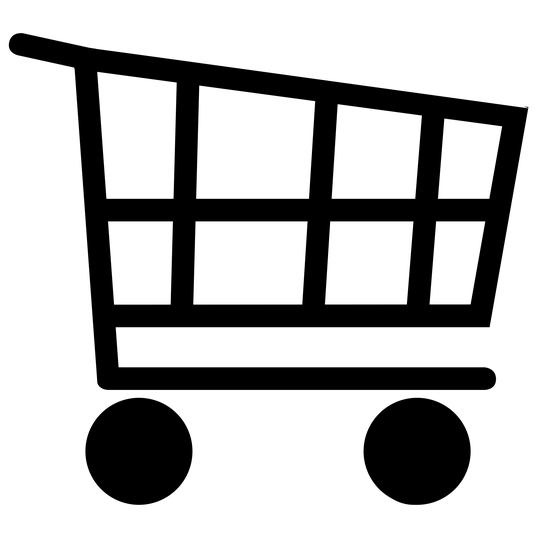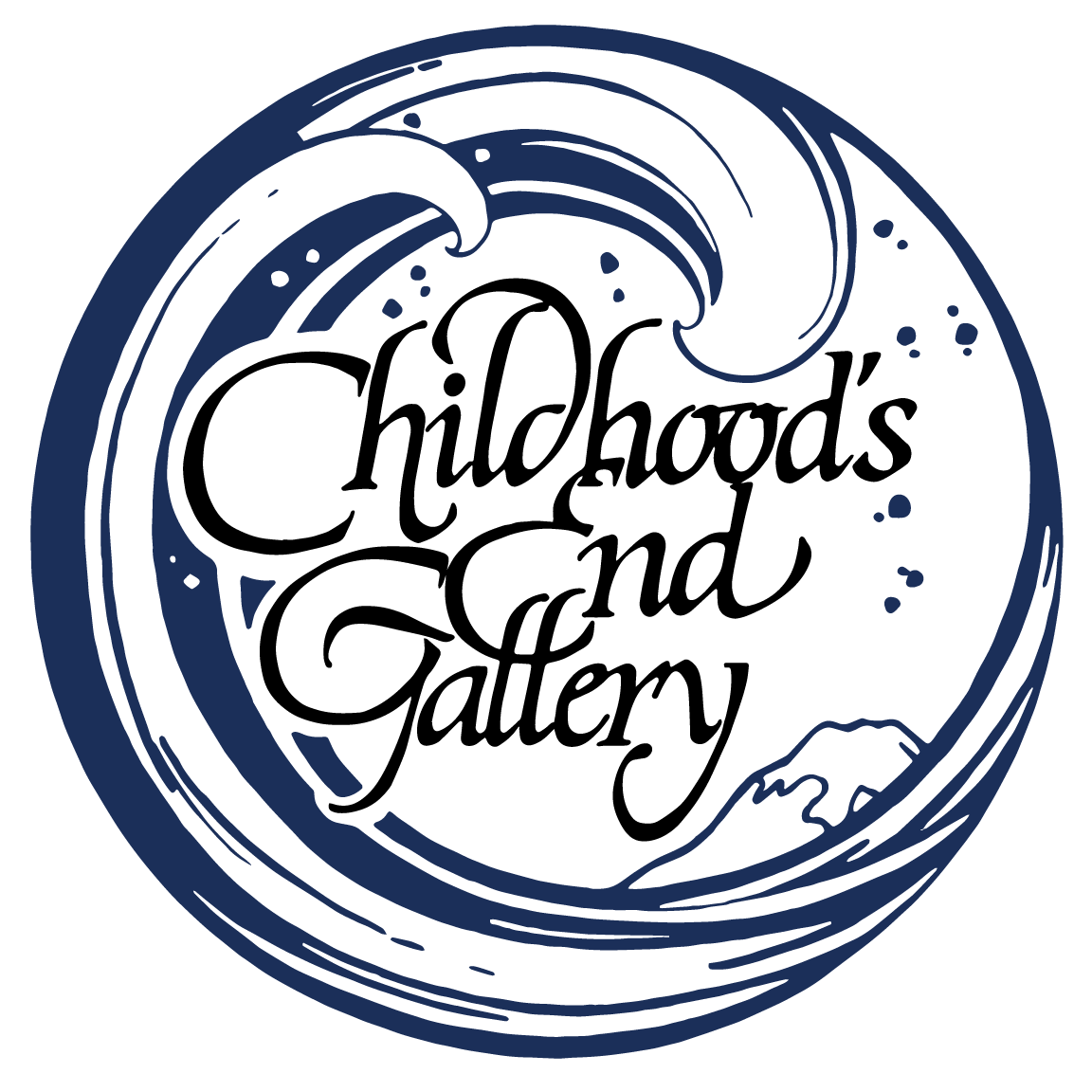Printmaking
Printmaking is the process of printing, normally on paper, to create works of art. In printmaking a print is created with an element of originality, instead of just being a photograph of a painting. For many of the processes it is possible to create multiples of the same piece. Each piece is considered an original, and not a copy because it is not a reproduction, and is technically an impression. Printmaking is chosen because of the ability of the artists to make multiple copies, and due to the unique qualities that each piece will have.
Prints are created form a single original surface known as a matrix. Matrices can be plates of metal, usually copper or zinc for engraving or etching, stone, for lithography, blocks of wood for woodcuts, linoleum for linocuts and fabric plates for screen-printing. Works form a single plate are called an edition, they are sometimes numbered and signed to create a limited edition. A single print can be the product of one or multiple techniques.
Printmaking techniques can be broken up into the following basic categories:
• Relief printing, where the ink goes on the original surface of the matrix. Including: woodcut or woodblock, wood engraving, linocut and metalcut.
• Intaglio, where the ink goes beneath the original surface of the matrix. Including: engraving, etching, mezzotint, aquatint, and drypoint.
• Planographic, where the matrix retains its entire surface, but some parts are treated to make the image. Including; lithography, monotyping, and digital techniques.
• Stencil, including: screen-printing and pochior.
• Collography, where any textured material is adhered to the printing plate, the texture is captured in the print.
• Relief printing, where the ink goes on the original surface of the matrix. Including: woodcut or woodblock, wood engraving, linocut and metalcut.
• Intaglio, where the ink goes beneath the original surface of the matrix. Including: engraving, etching, mezzotint, aquatint, and drypoint.
• Planographic, where the matrix retains its entire surface, but some parts are treated to make the image. Including; lithography, monotyping, and digital techniques.
• Stencil, including: screen-printing and pochior.
• Collography, where any textured material is adhered to the printing plate, the texture is captured in the print.
Aquatint
Aquatint, similar to etching, uses acid to make marks in a metal plate. Aquatint uses powdered rosin (solid pine resin), which is acid resistant, in the ground to create tonal effect. The rosin is applied in a light dusting, the plate is exposed to acid and is etched where the rosin did not adhere. The tonal variation is controlled by the level of acid used. Aquatint is characterized by a speckled or mottled texture.
Drypoint
A variation on engraving, drypoint is done with a sharp point, rather than a v-shaped cutting tool called a burin. Due to the use of the sharp point in dry point, the scratching leaves a rough burr at the edges of each line. This gives drypoint prints a soft, blurry line quality. The pressure of printing can destroy the burr so drypoint is only useful for small editions. To allow for longer print runs, electro-plating or steelfacing can be used to harden the surface of the plate. Rembrandt used this technique frequently, usually with etching and engraving.
Engraving
Engraving was developed in Germany in the 1430's from the engraving used by goldsmiths. Engravers use a burin to cut the design into the surface of a metal plate, usually made of copper. The burin creates a recognizable line that is characterized by its steady, deliberate appearance and clean edges. When making a print, the engraved plate is inked all over, then the ink is wiped off the surface, leaving ink only in the engraved lines. The plate is then put through a printing press with a sheet of paper that has been moistened to soften it. The paper picks up the ink form the engraved lines and the print is made. The process can be repeated many times.
Etching
The process of etching is believed to have been invented by Daniel Hopfer (circa 1470-1536) in Ausburg , Germany. He decorated armor in this way and then applied it to printmaking. Etching began to rival engraving because etching is fairly easy to learn compared to engraving. An etching is made using a metal plate which is covered with a waxy or acrylic ground. The artist then draws through the ground with a pointed needle. The metal plate is then dipped in a bath of etchant (usually nitric acid or ferric chloride), this solution digs into the exposed metal leaving behind lines in the plate. The remaining ground is removed from the plate and the printing process is the same for engraving.
Giclée
Giclee has been used since the 1980s and is a method of printing an art image using a fine ink spray by high-quality ink jet printer. Giclee creates exact color copy of the original that are typically archival and fade-resistant.
Linocut
Is a variant of woodcut in which a sheet of linoleum (sometimes mounted on a wooden block) is used for the relief surface. A design is cut into the linoleum surface with a sharp knife, V-shaped chisel or gouge, with the raised (uncarved) areas representing a reversal (mirror image) of the parts to show printed. The cut areas can then be pulled from the backing. The linoleum sheet is inked with a roller (called a brayer), and then impressed onto paper or fabric. The actual printing can be done by hand or with a press.
As the material being carved has no particular direction to its grain and does not tend to split, it is easier to obtain certain artistic effects than with most woods, although the resultant prints lack the wood character of wood block printing. Linoleum is also much easier to cut than wood, which must be carved away, but the pressure of the printing process degrades the plate faster. It is also difficult to create larger works due to the material's fragility.
More recently, artists have begun using newer composite materials, such as Sintra. While the surface has a different texture than linoleum, the process is the same.
Lithography
Lithography is based on the principle that oil and water do not mix. On a porous surface, usually limestone, an image is drawn using tuche, a greasy substance in an ink-like or crayon from. Acid is then applied, which transfers the grease to the limestone. Gum arabic is then applied which seals the surface of the stone not covered by the tuche. The stone is then washed with water and turpentine, eliminating the visible tuche image. To print the stone, the entire plate is drenched with water. The porous areas will absorb the water. A large roller applies the ink to the plate, which is repelled by the water saturated areas, and attracted to the greasy areas. The image is then transferred to the paper under pressure through a press. Lithography is known for its ability to capture fine gradations in shading and very small detail.
Mezzotint
Mezzotint is a variation of engraving where the plate is first roughened all over evenly. The image is then created by scraping smooth the surface of the plate. The image is created by moving from dark to light instead of light to dark. It is also possible in this technique to only roughen selected parts of the plate and therefore work from light to dark. The metal is first covered with a series of indentations produced by a toothed "rocker" As the metal is displaced by the blunt point, a burr, or ridge of displaced metal, is produced. At this stage, if printed, the result would be a pure black print.Llighter areas are smoothed by a "burnisher" so they hold less ink, while the areas which will remain dark are not smoothed. Mezzotints are known for their complete range of tones from deep black to smooth white. The process was invented by Ludwig von Siegen (1609-1680). The process was used widely in England from the mid-eighteenth century to reproduce portraits and other paintings.
Monotype
This technique combines painting and printmaking. The image is directly rendered, using oil-based or water-based mediums, onto a flat plate consisting of metal, glass, wood, plastic or other material. Damp paper is laid directly on the plate and both are run through a printing press. As the prefix "mono" implies, the print edition most often consists of one.
Serigraph
Serigraphy is a term for silkscreening generally used when referring to fine art. The process starts with a swatch of silk tightly stretched over a wooden frame. Any areas to be printed are blocked out either with a material which sticks to the silk or painted glue or lacquer. Ink is poured into the wooden frame, and a squeegee is used to pull the ink across the screen. Where the stencil opens to the silk mesh , the ink is transferred to the paper waiting below. The resulting print is very linear with clean edges and even color. Each color requires a different screen.
Woodblock
Woodblock is the earliest type of printmaking. It was first developed as a means of printing on cloth and by the fifth century was used in China for printing text and images on paper. Woodblocks were developed in Europe around the 1400's. to make woodcuts the artist draws a sketch either on a plank of wood or on paper which is transfered to wood.they then cut away the parts they do not want to receive the ink. A piece of paper is then placed over the block and rubbed or run through a press. If the print is in color, separate blocks can be used for each color. Another technique used for color is called reduction printing. In reduction printing, one block is used to print several layers of color on one print. A small part of the wood block is cut away at one time, and using one color, prints many sheets before washing the block. Then more of the block is cut away and another color is used on top.


